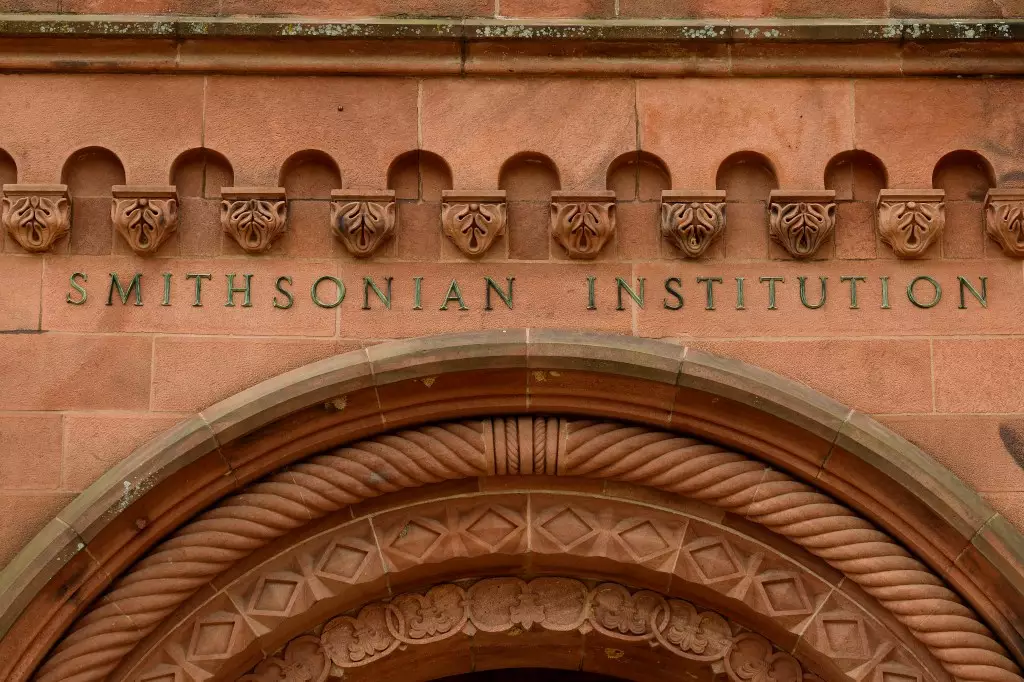In a striking move, former President Donald Trump has introduced an executive order conceived to “Restore Truth and Sanity to American History.” This declaration insists that a significant effort is underway to distort the factual narrative of American history, charging that ideological bias is proliferating in educational and cultural institutions. The fundamental dilemma here revolves around the authenticity of historical interpretation versus the complex realities influenced by social and political dynamics. Trump’s statement, attributing this distortion to the current leadership, positions his administration as defenders of an unvarnished historical account—one that celebrates America’s achievements while disregarding critical flaws.
Rather than nurturing a period of reconciliation, Trump asserts that this ideological shift intensifies divisions within society, giving rise to a national identity marred by shame. What’s intriguing here is the assumption that a unified narrative, one that glorifies the past uncritically, can actually encourage national togetherness. The question remains: Can a sanitized historical perspective truly foster unity, or does it risk alienating those who seek acknowledgment of their experiences and truths?
The Smithsonian’s Role in History
The executive order specifically targets the Smithsonian Institution, portraying it as a bastion of what Trump deems an “improper ideology.” His directive highlights a pressing concern—the need for institutions to reflect a version of history that aligns with his administration’s values, free from critiques of race and identity. This invites discussion on the role of cultural institutions within democracy: Are they obligated to present a singular, sanitized view of history, or should they venture into the complexities and contradictions that define real human experiences?
Moreover, the insistence that the Smithsonian’s educational initiatives must adhere to this directive raises critical legislative and ethical questions regarding governmental influence in the arts and education. If cultural institutions are stifled from exploring nuanced topics, a richer understanding of America’s past could be lost. This directive may, paradoxically, exacerbate the divisions it seeks to mitigate, as it disregards the experiences of marginalized communities and reduces history to a monologue.
A Potential Cultural Censorship
The ramifications of this order extend beyond historical interpretation. Trump’s implications that monuments and memorials must avoid disparaging portrayals of Americans compel us to confront an uncomfortable reality: the history of America includes figures and events that were not purely admirable. By narrowing the parameters of acceptable historical representation, there exists a danger of cultural censorship that leaves vital discussions about injustice unaddressed.
Moreover, Trump’s actions against the Kennedy Center reflect a wider trend towards the politicization of art and performance. By assuming control over this prestigious institution, his administration signals a departure from artistic freedom, prioritizing ideology over creativity. The result has been a disturbing retreat of significant works that engage with complex societal themes, reducing the artistic landscape to one that mirrors political allegiance instead of genuine expression.
In imbuing this cultural landscape with partisanship, we risk stifling the dialogue essential for a healthy democracy. Operating under the banner of ‘truth,’ such maneuvers seem less about factual accuracy and more about reshaping narrative control. This approach could undermine the very values—diversity, critical thought, and creative freedom—that America strives to uphold. The effectiveness of this order, and its broader implications for American culture, demands ongoing scrutiny and engagement beyond simple partisan divides.
